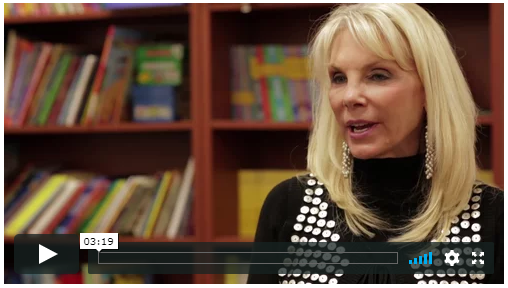Title IV—21st Century 
Receiving $1.17 billion back in 2016, the Title IV—21st Century program (21st CCLC) was originally authorized as part of the No Child Left Behind Act and is currently the largest block grant program in Title IV, says NASSP, the National Association of Secondary School Principals. The purpose of this program is to provide grants to local school districts and community learning centers for afterschool programs in which to serve students in low-performing schools. These programs are then run by schools and/or community organizations in partnership and can serve children before school and during the summer, the organization says.
A highly-detailed report by the College and Career Readiness and Success Center says in contrast to NCLB’s focus on safe and drug-free schools, Title IV under ESSA has been significantly revised to fund a much broader range of supports. For instance, the Student Support and Academic Enrichment Grants under Title IV are an important formula grant that district and state awardees must use to support these three parts: a well-rounded education, improved conditions for learning, and the integration of technology into learning strategies. Entities can also use these funds to support access to the College and Career Readiness (CCR) components of a well-rounded education as described.
In April 2017, nearly 1,500 national, state and local organizations sent a letter to Congressional leaders urging them to fund the 21st Century Community Learning Center (21CCLC) program (ESSA Title IV, Part B) at no less than the current funding level of $1.167 billion, says the article “U.S. Congress Urged to Retain Federal Funding for 21st Century Community Learning Center After-School Programs.” The letter was posted by one of the signers, the Afterschool Alliance. It said: “Students who regularly participate in 21st Century Community Learning Centers improve their school attendance, class participation and behavior, homework completion, reading and math achievement scores and grades.”
Through its proven parent involvement programs and training for teachers and staff, the Latino Family Literacy Project meets the criteria under the Title IV—21st Century program in assisting English learners to become fluent in the language while also helping them to be at the same level, academically, as their peers. The Project’s evidence-based literacy and college awareness programs and training workshops are designed to establish family reading routines for Spanish- and English-speaking parents and their children. In addition, these programs introduce educators to a language acquisition method and a step- by-step literacy instruction process that involves family reading for Hispanic parent involvement, vocabulary development, and English-language development for parents and their children. For more information, please contact the Latino Family Literacy Project.
